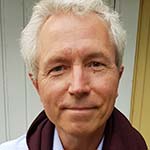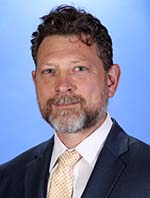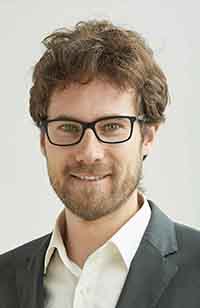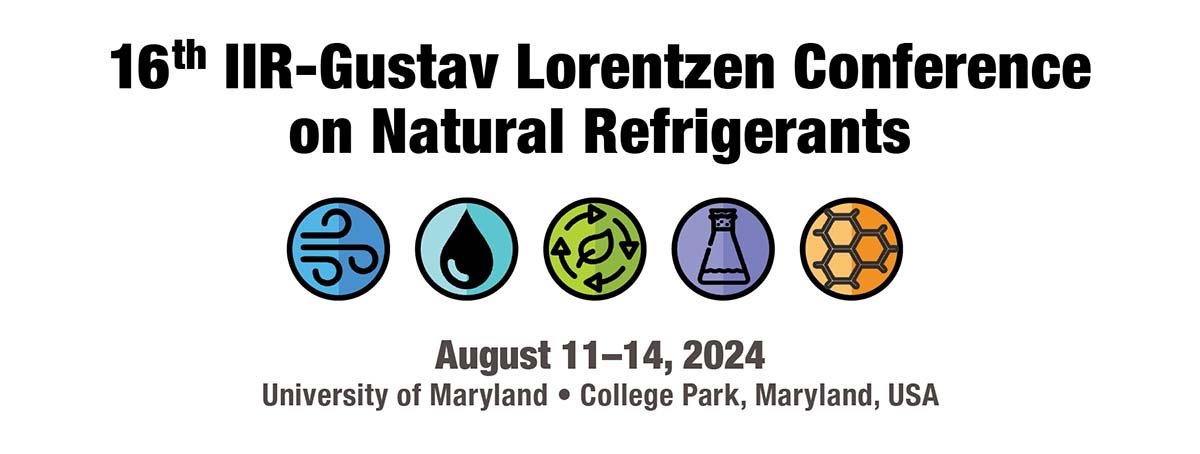
Zahid Ayub, Ph.D., P.E.
Insight into Carbon Dioxide Direct Expansion (DX) Shell and Tube Evaporator
Abstract
Direct Expansion (DX) shell and tube evaporators have been used in Refrigeration and Air Conditioning (RAC) industries for decades, primarily using CFC, HCFC, HFO and to a limited extent Ammonia. Low temperature operating conditions have always been a challenge as all the above refrigerants exhibit a flatter pressure versus temperature behavior. In other words, at temperatures below 0˚C, for each fraction of pressure change there is a larger temperature differential. This feature is detrimental to sizing and designing an optimum evaporator. On the other hand, Carbon Dioxide does not exhibit such a feature. It’s Pressure versus Temperature curve is steep and is not prone to the pressure drop penalty. The aim of this talk is to dissect the design aspects of a shell and tube DX evaporator with Carbon Dioxide versus R-1234yf.
Short Bio
- President, Isotherm, Inc. - manufacturer of heat transfer equipment and systems
- Ph.D. in mechanical engineering from Iowa State University, 1986
- Designed and fabricated several thousand heat exchangers/pressure vessels and systems installed worldwide
- Recognized as one of the pioneers in the field of Ammonia Enhanced Heat Transfer
- Author of over 150 International Journal and Conference papers
- ASME Fellow and ASHRAE Fellow
- US Member Delegate - International Institute of Refrigeration and International Heat Pump
- Active member of ASME, ASHRAE, IIAR, AIChE, IoR (UK), IIR, RETA, Eurammon
- Current Adjunct Professor - GIK and NUST, Pakistan
- Founder and Director - Natural Fluids Refrigeration Center, GIK, Pakistan

Björn Palm, Ph.D.
Deployment of heat pumps with natural refrigerants in Europe as the future energy system
Abstract
The phase out of fossil fuels is absolutely necessary to reach the goals agreed on in the Paris Agreement and to limit the global warming to acceptable levels. An important consequence of this is the electrification of the heating sector. This will force a rapid increase in the use of heat pumps, both for heating in the built environment and in industry. In Europe, this transition is already happening and is being propelled by the necessity to be independent from Russian gas, which has so far been a main energy source for heating in Europe. This presentation will discuss the background and the development of the heat pump market from a European perspective. New restrictions on F-gases, possible bans of all PFAS-substances and the response from the heat pump market in Europe will also be covered, as well as some comments on the ongoing research.
Short Bio
Björn Palm is senior professor in energy technology at KTH, Royal Institute of Technology, Stockholm, Sweden, where he for more than 20 years was heading the Division of Applied Thermodynamics and Refrigeration. His research covers components and systems for heat pumps and refrigeration systems, from microstructures of boiling surfaces, to combinations of heat pumps and thermal energy storage for load shifting in the energy system. Publications include two-phase flow in plate heat exchangers and microchannels, nanofluids and enhancement of heat transfer, thermal energy storage, geothermal heat pumps and heat transfer in the ground. A special interest has been the application of natural refrigerants like hydrocarbons and carbon dioxide, but also the use of ammonia in small systems. This has led to investigations of how to design systems with minimum charge of refrigerant. Safety with flammable refrigerants and charge reduction are topics of ongoing research.

Eric M. Smith, P.E.
Overview of IIAR’s role in the safe and efficient use of natural refrigerants
Abstract
IIAR is a non-profit professional society and trade association dedicated to the safe use of natural refrigerants such as ammonia, carbon dioxide, and propane. IIAR develops and maintains ANSI standards which are directly referenced by building codes and are considered recognized and generally accepted good engineering practices by the industry and regulatory agencies. IIAR offers many other guidelines and educational opportunities related to safety, efficiency, and other best practices in the use of natural refrigerants that are generated by numerous committees and the Natural Refrigeration Foundation. This session will provide an overview of IIAR’s role in the industry and a look at current publications and related efforts to advance the state of the art.
Short Bio
Eric Smith is Vice President and Technical Director of the International Institute of Ammonia Refrigeration. His main responsibilities include management of standards and guidelines development, consultation and assistance to IIAR committees, initiation and coordination of research projects, regulatory outreach and advocacy. Eric develops the technical program for the annual conference and provides technical and regulatory consulting to IIAR members and the public. He represents the IIAR in related organizations and public venues, writes and reviews technical articles for IIAR’s publications, and shares in executive responsibilities. Eric is a registered engineer in many states, is LEED accredited, and is a voting member on several technical society committees.
 Hannes Fugmann, Ph.D.
Hannes Fugmann, Ph.D.
R290 heat pump developments in Europe – technologies and safety measures
Abstract
Heat pumps with refrigerant R290 (propane) are increasingly being installed in the residential sector in Europe. The authors show and discuss figures regarding e.g., installed units, heat pump manufacturers with R290 units and their capacities. The development of R290 heat pumps is strongly linked to European regulations, such as the regulation on fluorinated greenhouse gases, and on national funding for the installation. The latest frameworks are shown. Additionally, trends for component development, focusing on compressors and heat exchangers, differences in performance among the market-available heat pumps and investments in production capacity are presented. Lastly R290 is efficient, climate-friendly, but all manufacturers must address the flammability with safety concepts. These concepts differ for e.g. indoor and outdoor installation, as well as for smaller and larger refrigerant charges. We investigate some of the safety concepts used in Europe and discuss methods for evaluation.




